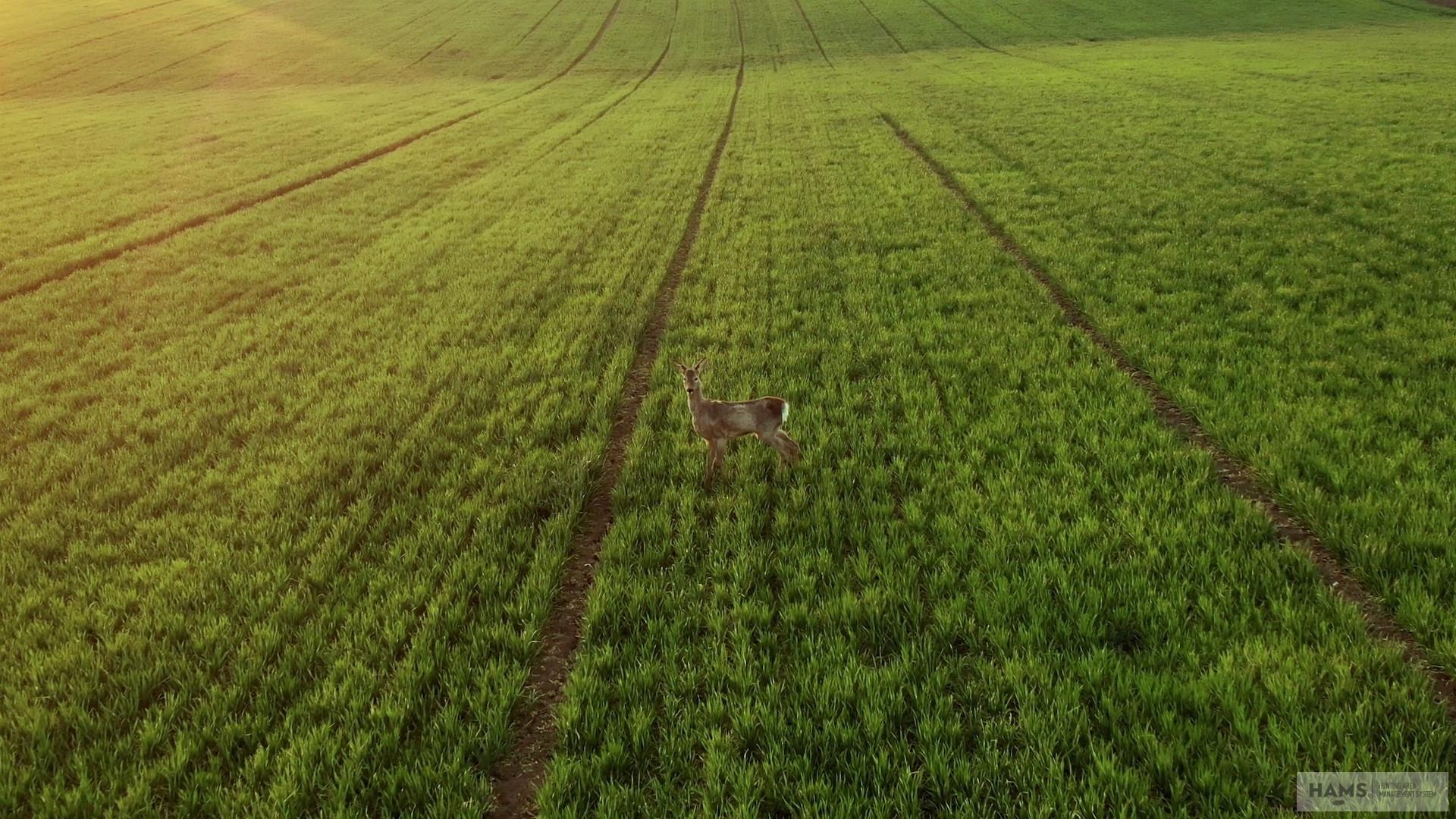The search for answers: the mysteries of a roe deer population (Part 2.)
In Part 1 of the series, we meet Attila, an experienced keeper who had recently taken over a large estate in Hungary and discuss the challenges he faces in optimizing his deer population.
If you’d like to read PART 1 now, click here
The Plan
Attila started to plan.
He thought through all the issues and opportunities related to habitat management, laid down the culling strategy, planned the population monitoring, organized and designed the feeding - not just the bag and regular population estimation numbers, but detailed information on the precipitation, nutrition, vitamins and minerals.
Once in place, the members of the GMU joined their forces, followed the game management plan, and Attila accurately recorded all the data.
The patience and dedication bore fruit, slowly but surely, the weight of the deer and the size of their trophies began to increase.
Decreasing game damage, the healthier animals, the better habitat also led to an increase in small game stock.
So 2010 was a great, economically successful year. Guest hunters from Germany, high CIC points.
What else could a game manager want?
Surely, this is a success story!? Where’s the mystery?
Well, for a good crime story we’ve first got to meet all the characters.
The Encounter
Let’s jump forward to November 2019, when my boss, István Lakatos, the founder of HAMS, gave a thorough presentation of the system to Attila, who in turn invited representatives of from the local Hunting Authority, the Hunting Association, the Hungarian Hunters’ National Chamber and the “Chief land manager” of the region as well as other colleagues from around the county.
According to István, he couldn't have imagined better hosts - the location was also impressive. Attila actually lives his daily life in the middle of the hunting ground, surrounded by acres of arable lands with strips of black locust forest surrounding the fields.
During the presentation, the attendees soon found common ground, and formal conversation soon became an informal talk on the problems, and regular and recurring issues of game management. One of the central elements of which being the administration of hunts and wildlife management.
Istvan was pleasantly surprised to hear comments such as the following:
"If you no longer have to mess around with unreadable booking logs, hunting tag numbers in the middle of the night, and closing a hunting season and with accurate administration really just one click away, then there aren't many questions left about the benefits of an electronic wildlife management system."
"The increased security and safety,
recording observations for population estimation, the weather data, the trailcam integration... Meaning the advertising of hunts for free is just the icing on the cake."
The Problem
Attila hoped that HAMS would help in providing an easier-to-understand and up-to-date picture of management trends, all without having to spend days or weeks creating spreadsheets and drawing graphs.
By analyzing the data, Atilla could see many issues, such as the cyclicality of trophy weights, but most importantly, the fact that the average trophy weight of older bucks started to decrease compared to previous peak values in 2010 and 2014.
A negative trend after 20 years of work?
This worried Attila.
Even if wildlife management is high on the list of “The World’s Most Complex Areas of Expertise,” for those who do not collect and analyze data conscientiously, many secrets will remain obscure forever.
It also became obvious to István that HAMS will be both a treasure and a gold mine for Attila and the GMU.
HAMS
Shortly after the meeting, Attila collected and uploaded all the roe deer management data into HAMS - annual harvest plans, population estimates, harvests and associated trophy weights, CIC points, body weights.
It took a week of easy but admittedly sometimes boring work to transfer the large amounts of data from the pile of paper into the software.
However, if we compare this to the fact that it takes a minimum of this time to produce a report in any given year, and here we are talking about the subsequent recording of 10 years of data, then there is really no comparison.
In addition, HAMS even records weather information and lunar phases for the location of the reported harvests for up to 5 years.
Years ago, obtaining precipitation data from the local Water Authority took a lot of work but now all this data is available on the system at the click of a button.
>> If you’d like to read PART 3. now, click here!




